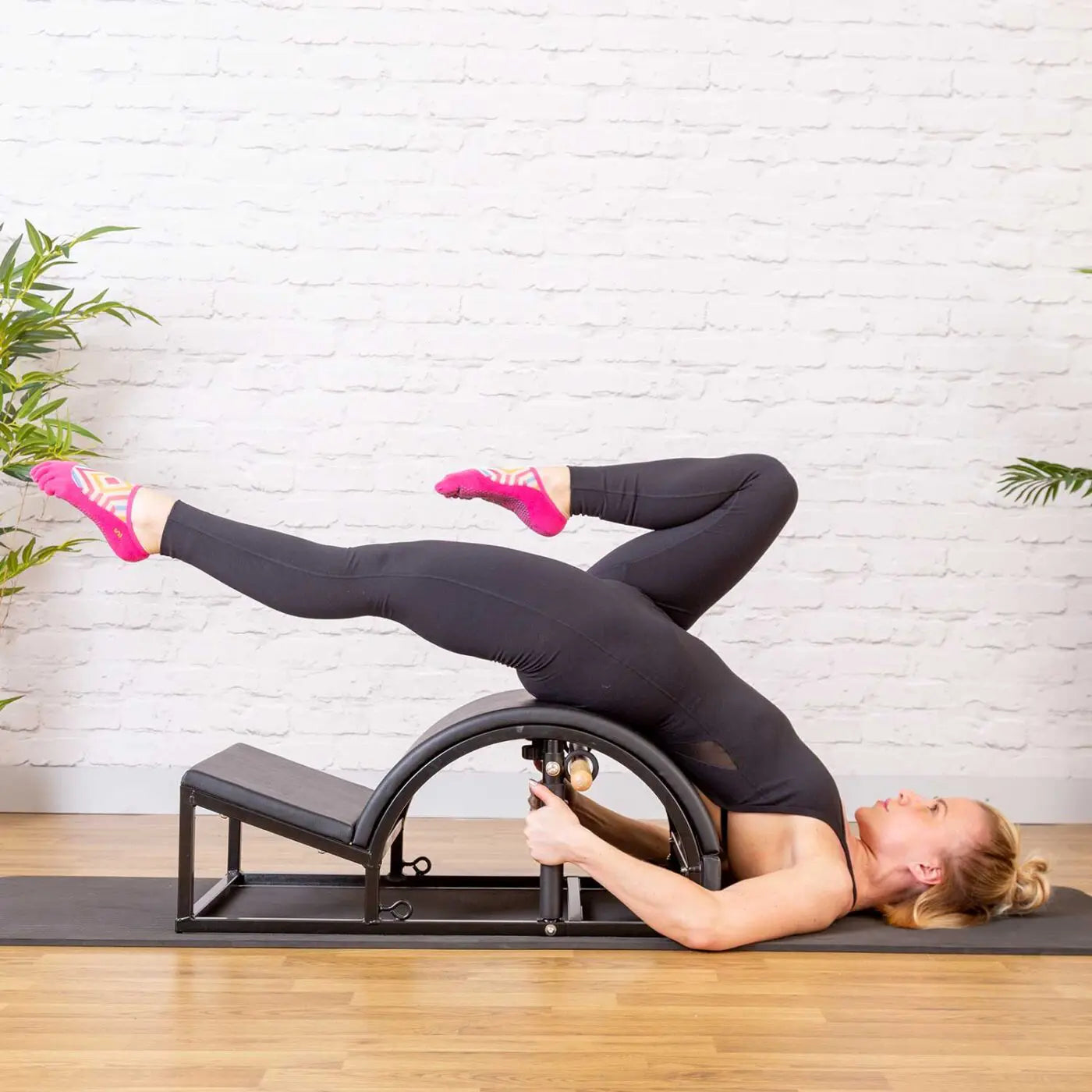Maintaining an efficient pelvic floor is important for both women and men. It can help prevent urinary incontinence and treat deposits. Often a way to help people understand the pelvic floor muscles is to ask them to imagine stopping the flow of urine (although this is not recommended in practice as it can lead to bladder problems!).
The pelvic floor muscles are very deep and we don't get to see them working, except perhaps for facial focus. If we see them, it is often due to the overuse of other muscles. The goal is to feel that you are pulling inward and UP. Don't hold your breath, tighten your abs or glutes or even your hamstrings, it's deeper.
The function of the pelvic floor muscles is to support the internal organs in your abdomen and to contract to prevent urinary incontinence, they also need to be able to relax in order for you to go to the toilet. So the pelvic floor muscles need the ability to contract and relax. You can do specific exercises just to train the pelvic floor if needed.
Did you know…? That Joseph Pilates never used the word 'Core' according to Lolita San Miguel (a Pilates parent and former student of Jose's). For him it was alignment and focus. In Pilates, you also use the pelvic floor muscles, but not 100%. It must be receptive to body loading and works in partnership with the transverse abdominis, diaphragm and multiceps, these are all deep muscles, and these four are now better known collectively as the core muscles.
The Pilates magic circle is a great help for increasing the strength of the whole body, and if you use it regularly, you can also improve your overall fitness. Pilates helps maintain pelvic floor strength, but if you have a particular weakness in your pelvic floor you need to do isolated movements at least three times a day, you can also seek medical advice from your physiotherapist or doctor if you are particularly concerned.
How can Pilates help strengthen the pelvic floor?

